FIRE ACCIDENT ON WAN HAI 503
A Tragedy of Systemic Capitalist Negligence and Its Broader Implications
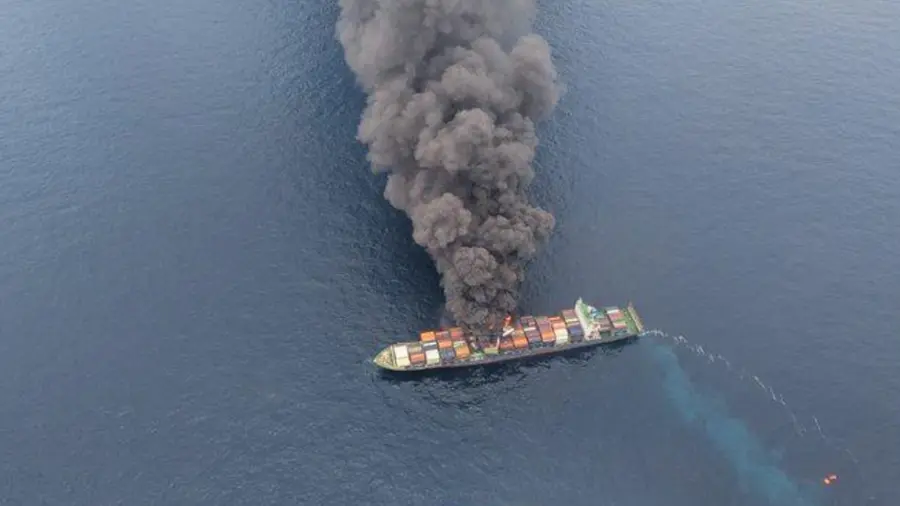
Jacob Clint
Published on Jul 02, 2025, 06:12 PM | 8 min read
The Wan Hai 503 fire is not just an accident, it is the symptom of a larger illness. An industry that carries over 80 per cent of the world’s trade cannot afford to operate with outdated safety mechanisms and blind regulatory eyes.
As Karl Marx aptly wrote in his epic ‘The Eighteenth Brumaire of Louis Bonaparte’ - “History repeats itself, first as tragedy, second as farce.” If tragedies like this continue to go unheeded, we risk repeating them, with even graver consequences.
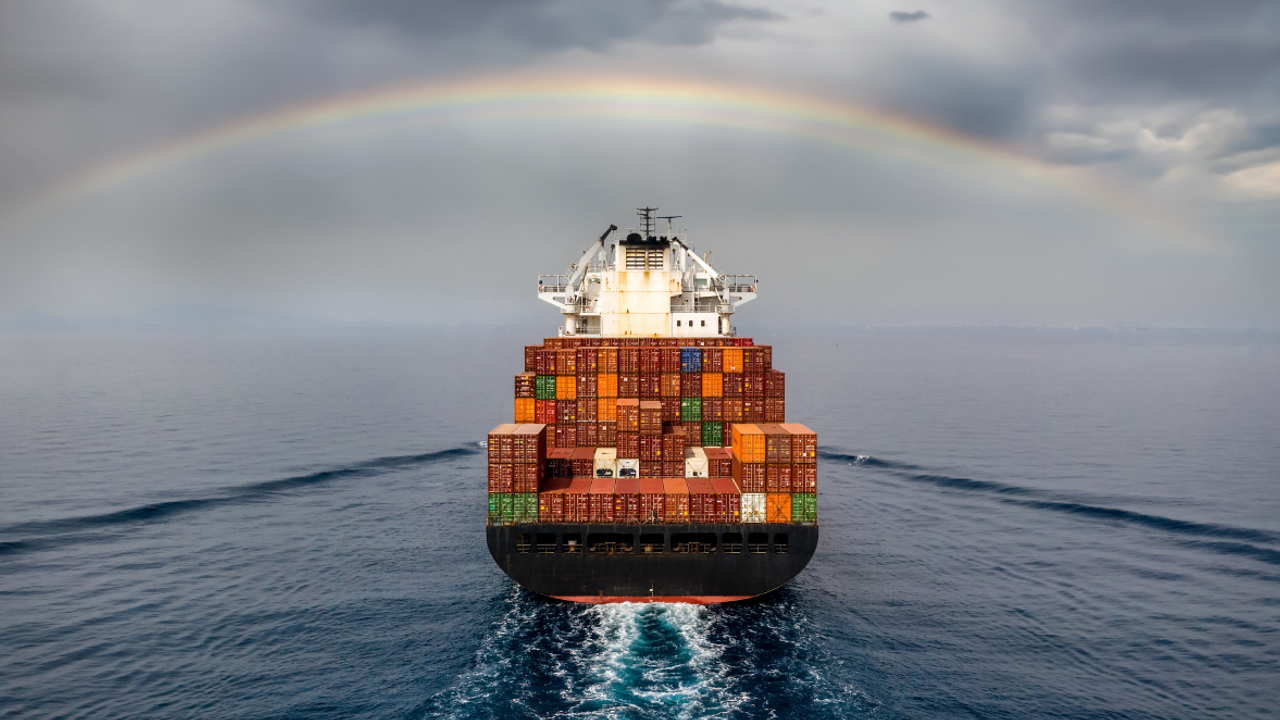
It is time the shipping industry, governments, and the global trade apparatus treat these warnings seriously, before the next vessel burns not just its cargo, but lives and livelihoods too, as they will find themselves caught in an endless loop of disasters, each more destructive than the last. While the maritime industry has various safety frameworks, the inherent drives of a capitalist system create conditions that challenge the effective implementation and adherence to these standards.
On the 9th June 2025, the container ship M V Wan Hai 503 was engulfed in a massive fire off, approximately 44 nautical miles off Azhikkal in the Kannur district of Kerala, and 130 nautical miles northwest of Kochi.
Kerala, marking one of the most alarming maritime accidents in Indian coastal waters in recent years. Just days after the MSC Elsa 3 capsized under similar operational negligence, the Wan Hai 503 disaster has renewed scrutiny over global shipping safety standards, Indian port infrastructure, port preparedness, institutional accountability, the growing systemic failure in regulatory oversight and environmental regulations.
There is a disturbing tendency to lay blame on ship crew members whenever maritime disasters occur. This scapegoating ignores the broader institutional and corporate frameworks that truly govern a vessel’s safety. The crew of Wan Hai 503 acted swiftly, followed emergency protocols, alerted the authorities, and ensured all lives were saved. These seafarers work under exhausting schedules, often without adequate rest, training for emergency scenarios but never truly equipped to deal with the compounded failures of supply chains, corporations, and governments.
In both Wan Hai 503 and MSC ELSA 3, seafarers were the victims of structural negligence. Their professionalism saved some lives but not all, even if they couldn’t save the vessel or cargo.
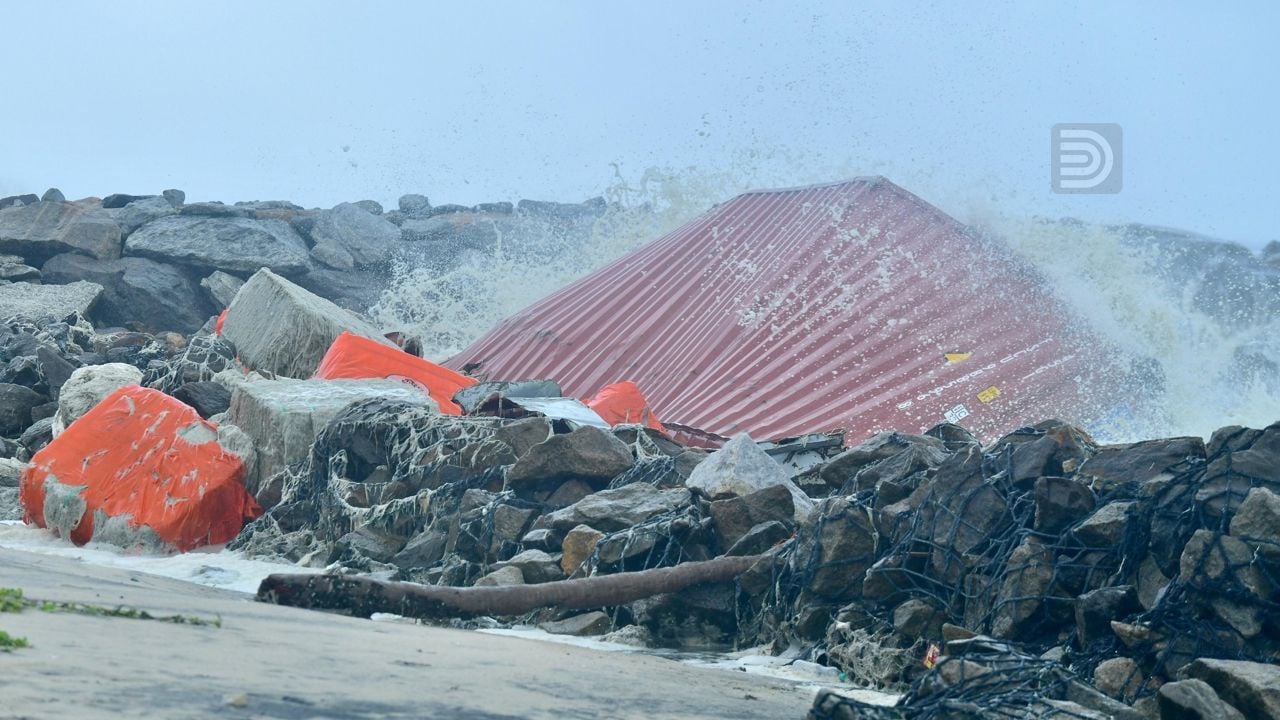 A shipping container from the MSC Elsa vessel sits stranded on Valiyazheekkal beach
A shipping container from the MSC Elsa vessel sits stranded on Valiyazheekkal beach
While such incidents are often painted as unfortunate “accidents,” a deeper look reveals a layered network of negligence, primarily at the institutional level, that creates a ticking time bomb in the world’s busiest maritime corridors. When compared to the MSC ELSA 3 capsize incident near Kochi in 24th May 2025, parallels emerge that expose the persistent flaws in maritime safety frameworks and the shifting of blame away from real culprits.
The Wan Hai 503: What happened and why it happened?
Wan Hai 503 is a Singapore -flagged container ship operated by Taiwan-based Wan Hai Lines. On 9th June 2025, while en route to Nhava Sheva from Colombo, the vessel reported smoke emanating from its cargo hold. The fire quickly intensified and led to a full- blown emergency, forcing crew members to send out a distress signal.
Despite firefighting efforts involving the Indian Coast Guard and port authorities, the fire raged on for days despite the use of dry powder chemicals and deploying firefighting tugs. Out of 22 seafarers 4 seafarers are missing, but the environmental and economic impact looms large.
Initial investigation points to a container loaded with flammable chemicals, dangerous cargo are likely misdeclared or undeclared. Shipping companies often rely on shipper -declared manifests, and mislabelling dangerous goods leads to improper stowage, a perfect recipe for disaster. The primary fault lies with Wan Hai Lines for failing to ensure proper cargo declaration and compliance with the International Maritime Dangerous Goods (IMDG) Code.
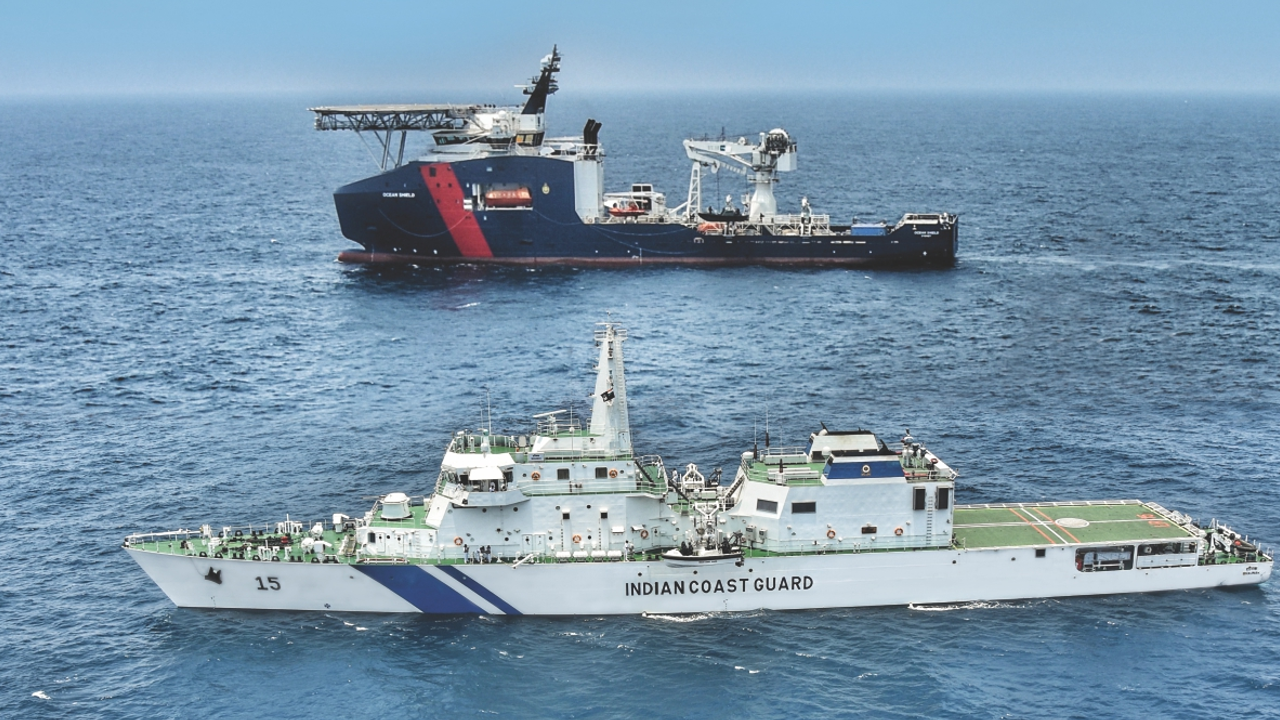
Investigations revealed that improperly declared or mismanaged hazardous materials were stored aboard. Container #71, suspected of carrying lithium-ion batteries and chemicals, was not appropriately labelled, a violation of international shipping protocols.
The IMDG code exists to prevent exactly such fires, but poor implementation undermines it. Ships like Wan Hai 503, built nearly two decades ago, are operating under stress. Built in 2005, this ship is part of the ageing global fleet, many of which are pushed beyond their designed lifespan with retro fitted compliance rather than thorough upgrades. Ageing vessels often have deteriorated fire suppression systems, outdated electronics, and rusted containers prone to sparking fires when hazardous materials are stored inside. Regular inspections, both at ports and by classification societies, have been reduced to procedural formalities.
Profit motives tend to override the need for strict compliance. The Kerala coast, despite being a key shipping route, lacks robust maritime emergency infrastructure.
The Indian Coast Guard responded swiftly, but no fire-fighting tugs or hazardous -material containment systems were readily available. Although modern container ships are equipped with fire suppression systems, Wan Hai 503’s onboard systems allegedly failed or were inadequate to contain the initial outbreak. The port's regulatory body failed to ensure rigorous inspection and documentation for hazardous cargo. There are allegations that port officials allowed leniency in safety checks due to commercial pressures.
Who is at Fault?
Several stakeholders share responsibility like the shipping company is accountable for vessel maintenance and cargo oversight. Inadequate inspection of containers and failure to update fire safety equipment point to internal lapses. The entity responsible for cargo declaration is at fault if hazardous materials were misdeclared or undeclared. This is a recurring problem in the global shipping industry.
The port authority’s failure to ensure proper documentation and preparedness for emergencies makes them partially responsible. Lax enforcement of international regulations like SOLAS (Safety of Life at Sea) and the IMDG (International Maritime Dangerous Goods) Code shows systemic weaknesses in maritime governance.

Both the departure port (Colombo) and the intended Indian ports (Nhava Sheva) bear responsibility. It is the port authority’s duty to ensure cargo manifests are correct and that potentially dangerous goods are stored and transported safely. Unfortunately, port authorities and inspection regimes have become perfunctory, more focused on logistics flow and economic throughput than safety compliance.
Much like in the MSC ELSA 3 case, inspection procedures seem lax, with manifest cross -verification being either skipped or reduced to box-ticking exercises.
Singapore, the flag state of Wan Hai 503, must be questioned for its lax enforcement. Classification societies, which act as safety certifiers, often have a financial relationship with the shipping companies they audit. This conflict of interest frequently results in overlooked deficiencies or rubber-stamped approvals.
Preventive Measures: Lessons Unlearned
The Wan Hai 503 accident should not have occurred, especially in the shadow of global maritime disasters like the 2021 X-Press Pearl fire near Sri Lanka. Several preventive steps can avert such incidents like ships must be retrofitted with state -of-the- art thermal cameras, smoke sensors, and automated extinguishing systems.
Crew competence in fire response must be assessed regularly through unannounced drills. In many incidents, human error aggravates fire escalation. Fireboats, emergency protocols, and response teams should be on constant standby. Ports must update their disaster preparedness plans. Shipping companies and shippers that repeatedly flout cargo declaration norms must be listed in an international compliance database for penalties or operational bans.
Environmental and Economic Impacts
Burning synthetic materials and chemicals released toxic fumes, affecting coastal air quality in nearby areas. Firefighting efforts used chemicals and foam that may have leaked into the Arabian Sea, affecting aquatic life thereby affecting the livelihoods of coastal communities. Cargo owners, insurers, and ship operators are now entangled in a complex legal battle over liability.
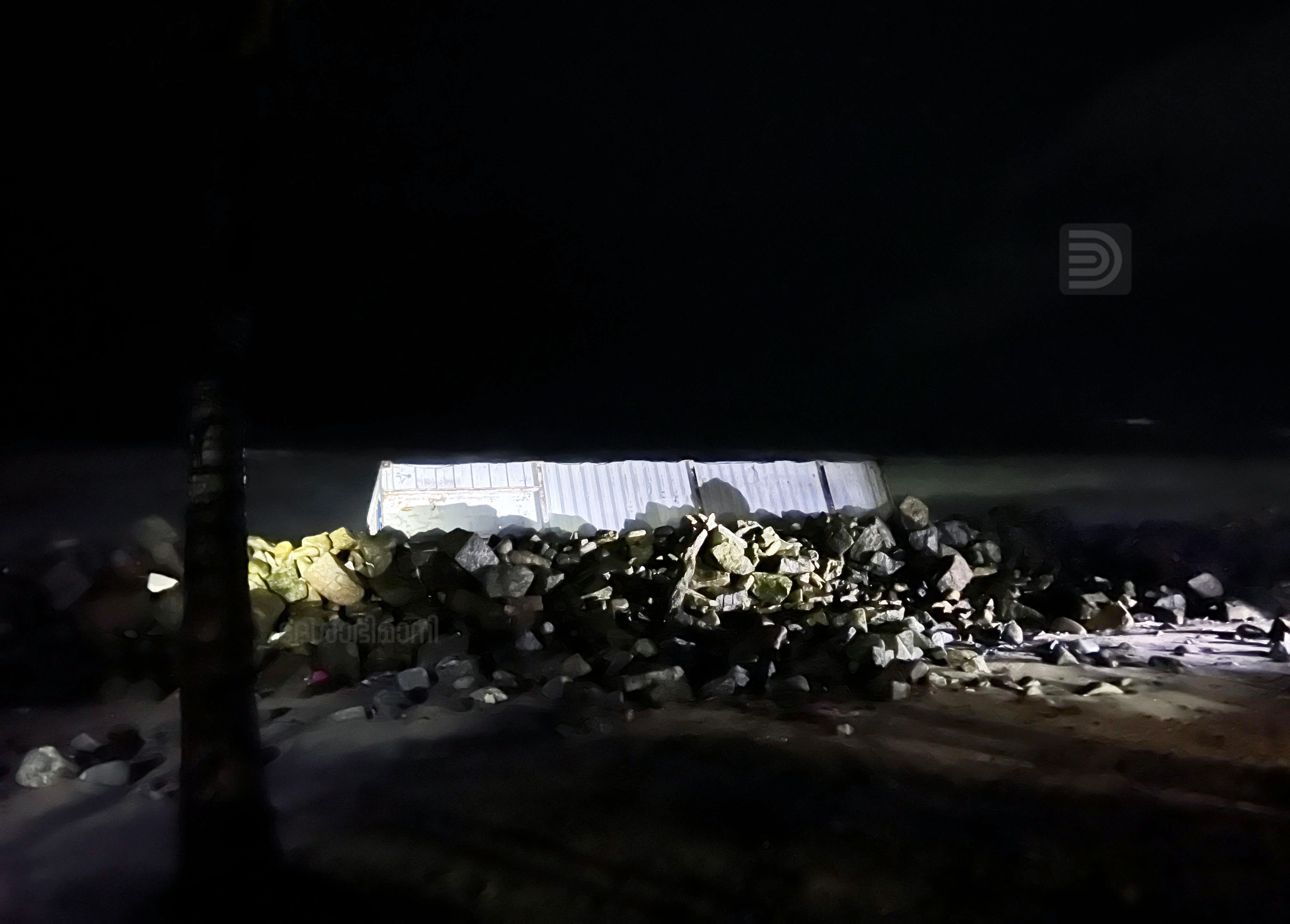
Capitalist Exploitation has to blamed
The pursuit of profit, a cornerstone of capitalism, is a significant factor in undermining maritime safety. This relentless drive leads companies to prioritise cost-cutting over essential safety measures, maintenance, and adequate crew training. Examples include minimising crew sizes to save on wages, potentially leading to fatigue and increased risk; delaying necessary repairs or upgrades to vessels to avoid immediate costs, which can result in equipment failures; opting for cheaper, less durable materials or less rigorous construction standards in shipbuilding; and providing insufficient training or certifications for crew members to reduce expenses.
Furthermore, a push for deregulation, sometimes argued to foster economic growth within capitalist economies, but it weakens oversight in the maritime sector. The global nature of shipping under capitalism also leads to intense international competition, creating a "race to the bottom" where safety standards are compromised to maintain competitiveness.
The highly competitive labour market inherent in globalised capitalism also contributes to the exploitation of seafarers. This results in poor working conditions, including long hours, low wages, and high stress, all of which contribute to fatigue and human error, significant factors in maritime accidents.
Weak unions or inadequate labour laws in some jurisdictions leave seafarers vulnerable to practices that compromise their safety. Economic pressures, particularly during business downturns, intensify the drive to cut costs, leading to further compromises on safety.
Additionally, the emphasis on maximising cargo volume and rapid transit in a competitive market leads to overloading vessels, rushing operations, and taking shortcuts that increase the risk of accidents.
The ongoing struggles of seafarers for robust maritime safety is indeed a fight that pushes against the very core tenets of unchecked capitalism and eventually it will lead to a heightened struggles directed for transcending the exploitative capitalist system.





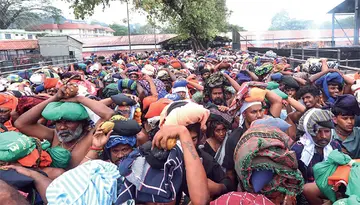




0 comments